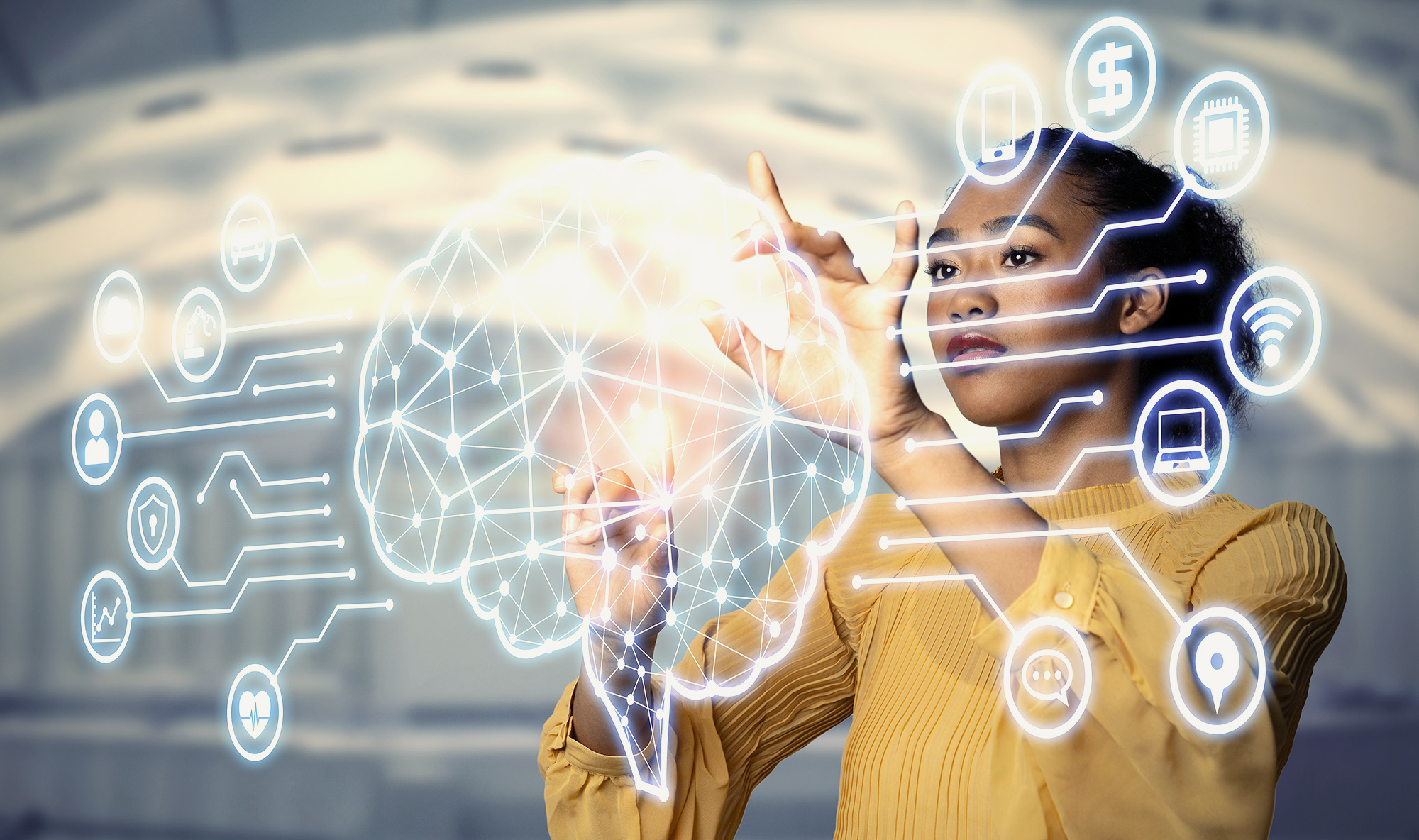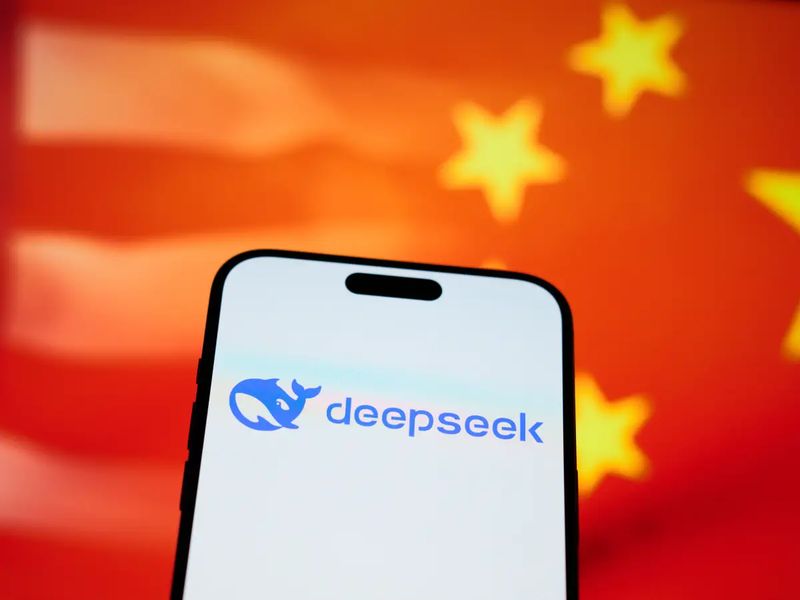
Viviennefawkes
FollowOverview
-
Founded Date diciembre 2, 2015
-
Sectors Periodismo
-
Posted Jobs 0
-
Viewed 48
Company Description
What Is Expert System (AI)?
While researchers can take lots of methods to developing AI systems, device learning is the most extensively used today. This involves getting a computer system to evaluate data to identify patterns that can then be used to make predictions.
The learning procedure is governed by an algorithm – a series of guidelines composed by people that informs the computer system how to evaluate information – and the output of this process is a statistical design encoding all the discovered patterns. This can then be fed with brand-new data to produce forecasts.
Many kinds of device knowing algorithms exist, however neural networks are amongst the most commonly used today. These are collections of artificial intelligence algorithms loosely designed on the human brain, and they learn by changing the strength of the connections in between the network of “synthetic neurons” as they trawl through their training information. This is the architecture that a lot of the most popular AI today, like text and image generators, usage.

Most innovative research study today includes deep learning, which describes using huge neural networks with many layers of artificial nerve cells. The concept has been around since the 1980s – however the huge information and computational requirements restricted applications. Then in 2012, scientists discovered that specialized computer chips known as graphics processing systems (GPUs) accelerate deep knowing. Deep learning has given that been the gold standard in research study.
“Deep neural networks are type of device knowing on steroids,” Hooker stated. “They’re both the most computationally costly designs, however likewise normally huge, powerful, and expressive”

Not all neural networks are the very same, nevertheless. Different setups, or “architectures” as they’re understood, are suited to different tasks. Convolutional neural networks have patterns of connectivity inspired by the animal visual cortex and stand out at visual tasks. Recurrent neural networks, which include a form of internal memory, specialize in processing sequential information.
The algorithms can also be trained in a different way depending on the application. The most typical approach is called “monitored learning,” and includes humans assigning labels to each piece of information to guide the pattern-learning process. For instance, you would include the label “cat” to pictures of cats.
In “not being watched learning,” the training information is unlabelled and the machine should work things out for itself. This needs a lot more information and can be tough to get working – but due to the fact that the knowing procedure isn’t constrained by human preconceptions, it can result in richer and more effective models. Much of the recent breakthroughs in LLMs have actually used this method.
The last significant training approach is “support learning,” which lets an AI learn by experimentation. This is most typically used to train game-playing AI systems or robotics – including humanoid robotics like Figure 01, or these soccer-playing mini robotics – and involves repeatedly trying a task and upgrading a set of internal rules in response to favorable or negative feedback. This approach powered Google Deepmind’s ground-breaking AlphaGo model.

